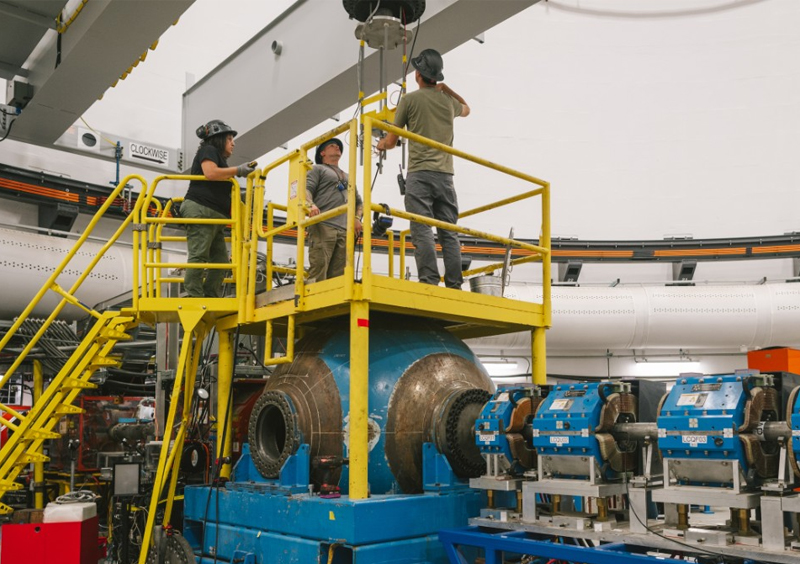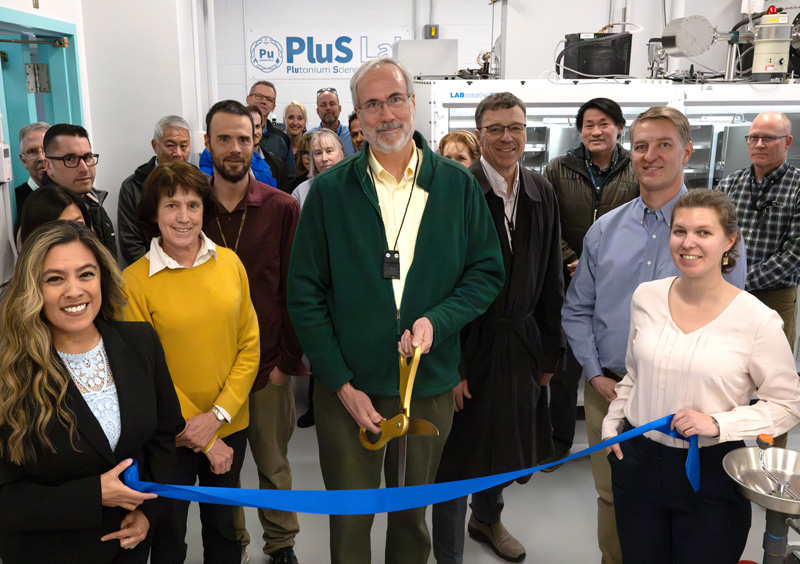The possibility of terraforming Mars to make it habitable by humans has captured recent headlines and the imagination — but is there science to support it? In a recent perspective paper in Nature Astronomy, a team of planetary scientists, led by Pioneer Research Labs and the University of Chicago, look at what would be needed to make the Martian surface environment more Earth-like — and what needs to be done now if there’s a hope of the Red Planet someday being able to sustain human life.
“Believe it or not, no one has really addressed whether it’s feasible to terraform Mars since 1991,” said Nina Lanza, a planetary scientist at Los Alamos National Laboratory and a co-author on the paper. “Yet since then, we’ve made great strides in Mars science, geoengineering, launch capabilities and bioscience, which give us a chance to take a fresh look at terraforming research and ask ourselves what’s actually possible.”
Terraforming Mars would require warming the atmosphere to enable engineered microbes to create oxygen through photosynthesis, which would further allow for slow oxygen build-up to support liquid water and more complex life. “Before we can assess whether warming Mars is worthwhile, relative to the alternative of leaving Mars as a pristine wilderness, we must confront the practical requirements, cost, and possible risks,” the authors write.
The article addresses current knowledge of Mars’ water, carbon dioxide and soil composition, and possible approaches to warming the surface temperature of Mars and raising atmospheric pressure and oxygen abundance. New techniques have emerged that could raise Mars’ average global temperature by tens of degrees within a few decades. Research priorities can focus on understanding fundamental physical, chemical, and biological constraints that will shape any future decisions about Mars. Such research would drive advances in Mars exploration, bioscience, and atmospheric engineering.
The authors also note that this research could ultimately help maintain “oasis Earth.” They argue that technologies developed for Mars habitation, such as desiccation-resistant crops, efficiently remediating soil, and improved ecosystem modeling, will likely benefit our home planet.
“Mars terraforming research offers a vital testbed for planetary science, potentially validating theories or exposing knowledge gaps,” they write. “Continued research promises significant scientific progress, regardless of whether full-scale terraforming occurs.”
Until that research is done, they write, “We don’t even know what’s physically or biologically possible. … If people can learn how to terraform a world such as Mars, this may be the first step to destinations beyond.”
Paper: “The case for Mars terraforming research.” Nature Astronomy. DOI: 10.1038/s41550-025-02548-0
LA-UR-25-24029






